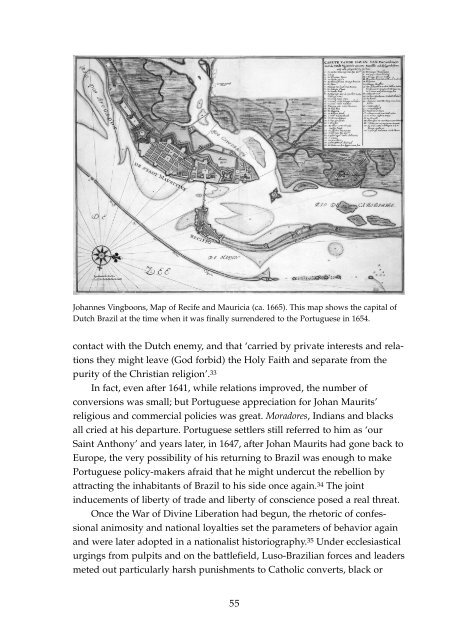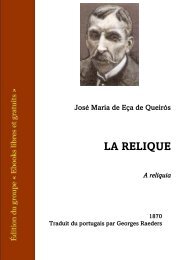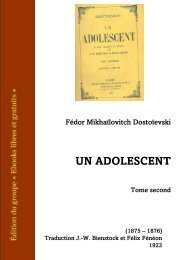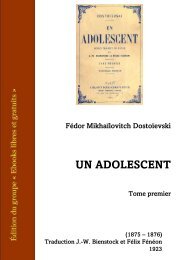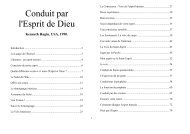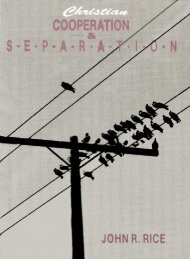The Expansion of tolerance
Create successful ePaper yourself
Turn your PDF publications into a flip-book with our unique Google optimized e-Paper software.
Johannes Vingboons, Map <strong>of</strong> Recife and Mauricia (ca. 1665). This map shows the capital <strong>of</strong><br />
Dutch Brazil at the time when it was finally surrendered to the Portuguese in 1654.<br />
contact with the Dutch enemy, and that ‘carried by private interests and relations<br />
they might leave (God forbid) the Holy Faith and separate from the<br />
purity <strong>of</strong> the Christian religion’. 33<br />
In fact, even after 1641, while relations improved, the number <strong>of</strong><br />
conversions was small; but Portuguese appreciation for Johan Maurits’<br />
religious and commercial policies was great. Moradores, Indians and blacks<br />
all cried at his departure. Portuguese settlers still referred to him as ‘our<br />
Saint Anthony’ and years later, in 1647, after Johan Maurits had gone back to<br />
Europe, the very possibility <strong>of</strong> his returning to Brazil was enough to make<br />
Portuguese policy-makers afraid that he might undercut the rebellion by<br />
attracting the inhabitants <strong>of</strong> Brazil to his side once again. 34 <strong>The</strong> joint<br />
inducements <strong>of</strong> liberty <strong>of</strong> trade and liberty <strong>of</strong> conscience posed a real threat.<br />
Once the War <strong>of</strong> Divine Liberation had begun, the rhetoric <strong>of</strong> confessional<br />
animosity and national loyalties set the parameters <strong>of</strong> behavior again<br />
and were later adopted in a nationalist historiography. 35 Under ecclesiastical<br />
urgings from pulpits and on the battlefield, Luso-Brazilian forces and leaders<br />
meted out particularly harsh punishments to Catholic converts, black or<br />
55


